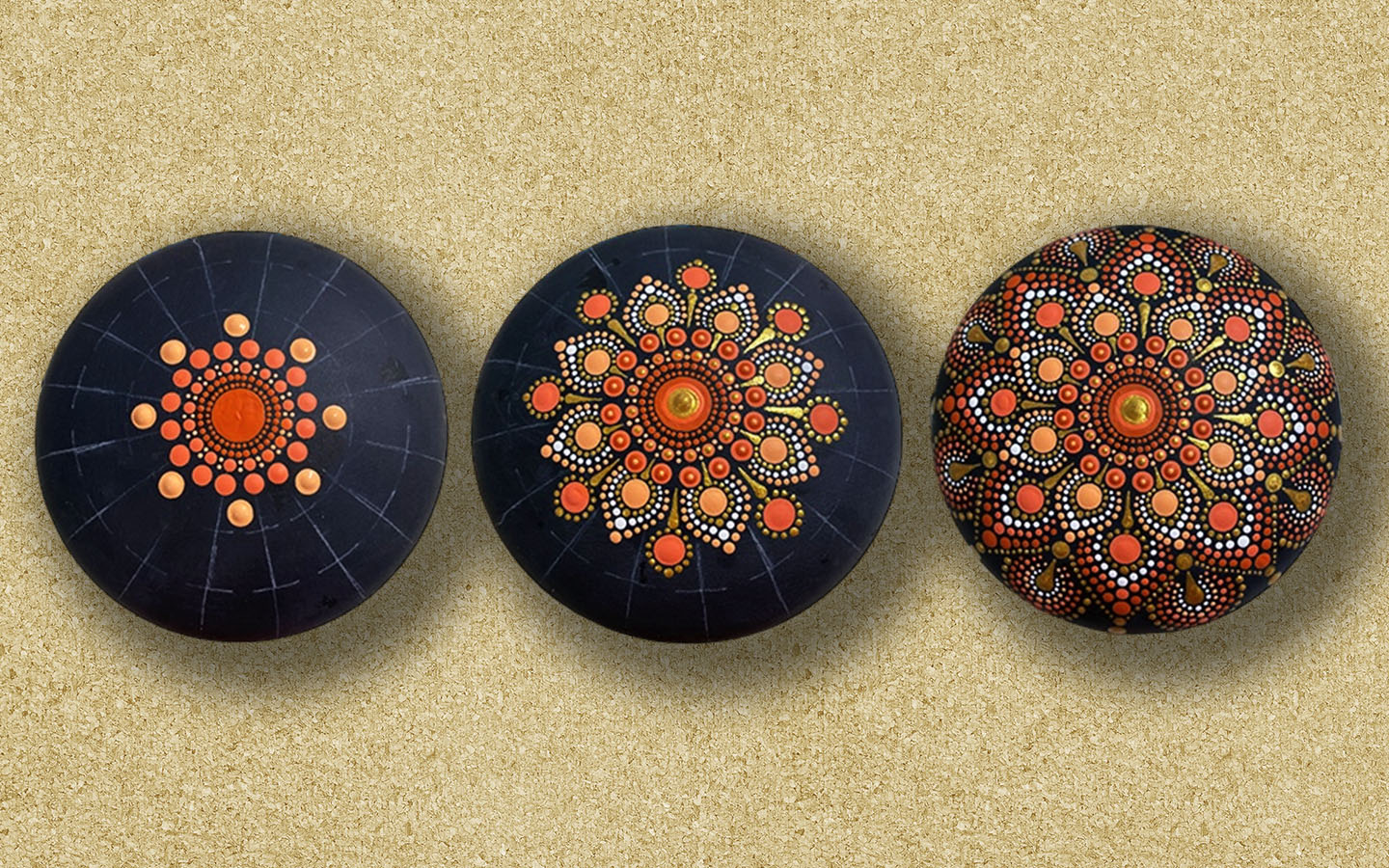The History of Mandalas
The word “mandala” is from the ancient Sanskrit language (1500 B.C.) that loosely translates to mean “circle” or “center.” Mandalas are believed to have originated in the fourth century B.C. by Buddhist monks, and were used in various regions throughout Asia, including China, India, Indonesia, Japan, Nepal, and Tibet.
Throughout history, you can also see mandalas across other cultures and religions in the following ways:
Today artists around the world practice this ancient art in its many forms to create a sense of calm and focus.
Creating mandalas is also currently popular in the practice of Art Therapy.
Throughout history, you can also see mandalas across other cultures and religions in the following ways:
- Celtic spirals and knot work
- Christianity – rose windows and halos
- Chinese Yin-and-Yang symbol
- Hindu Yantras
- Labyrinths
- Native American medicine wheels, dream catchers, and shields
- Navajo sand paintings
- Tibetan sand mandalas
- Gregorian, astrological, and Mayan calendars.
Today artists around the world practice this ancient art in its many forms to create a sense of calm and focus.
Creating mandalas is also currently popular in the practice of Art Therapy.






